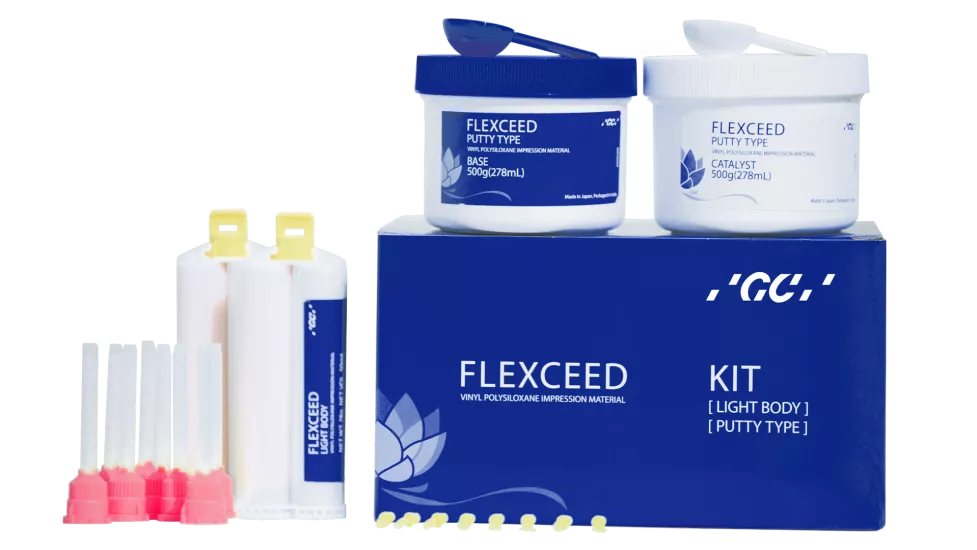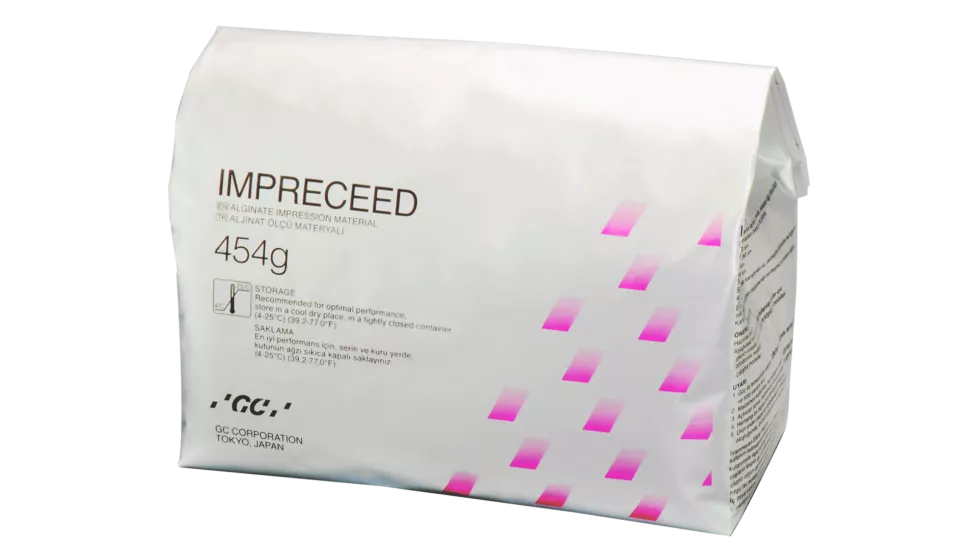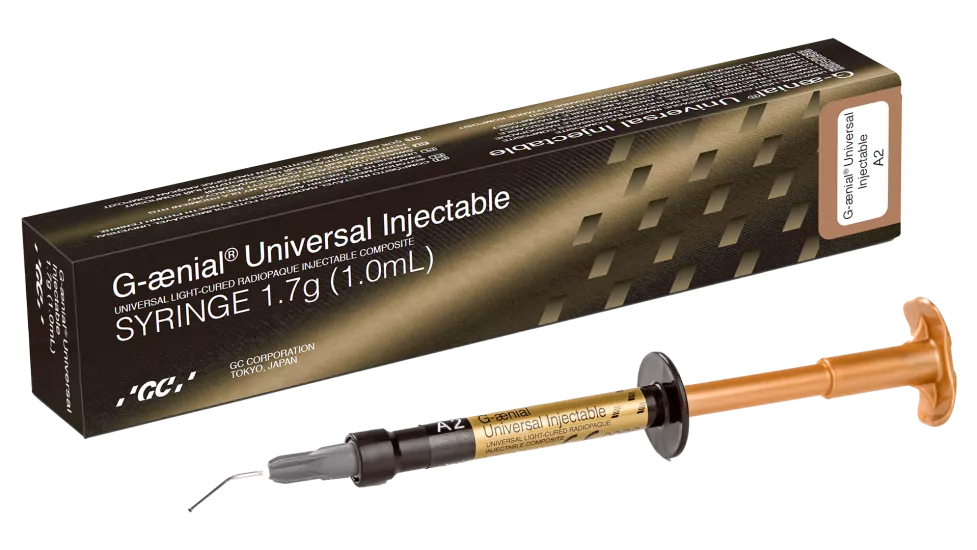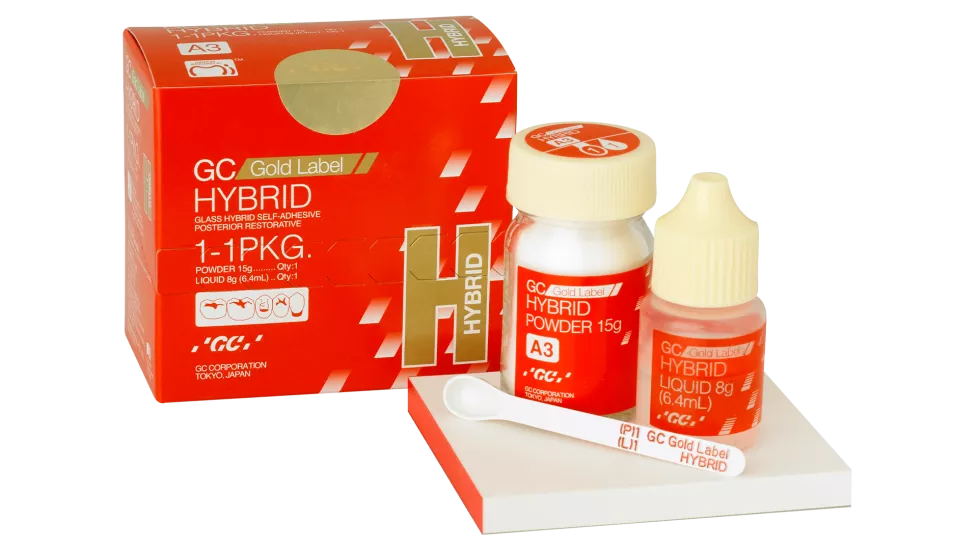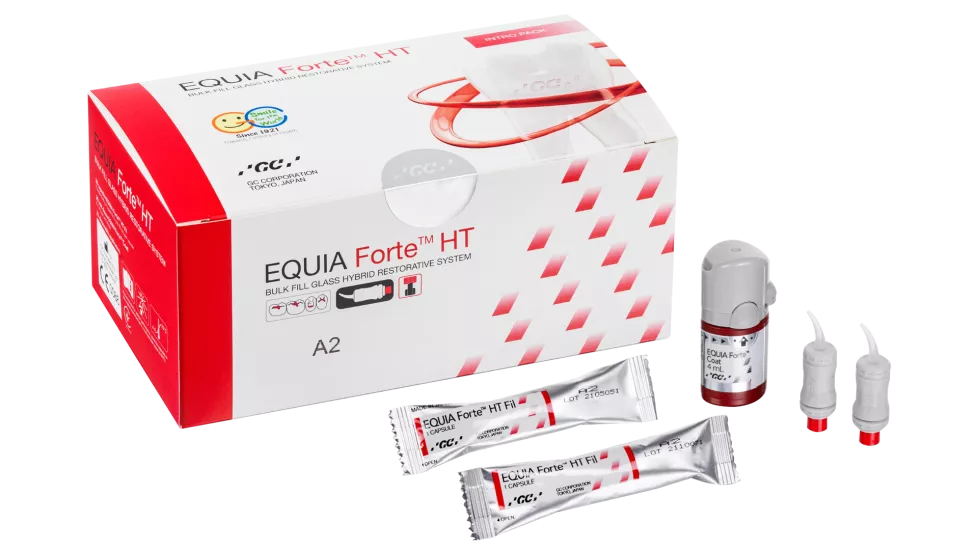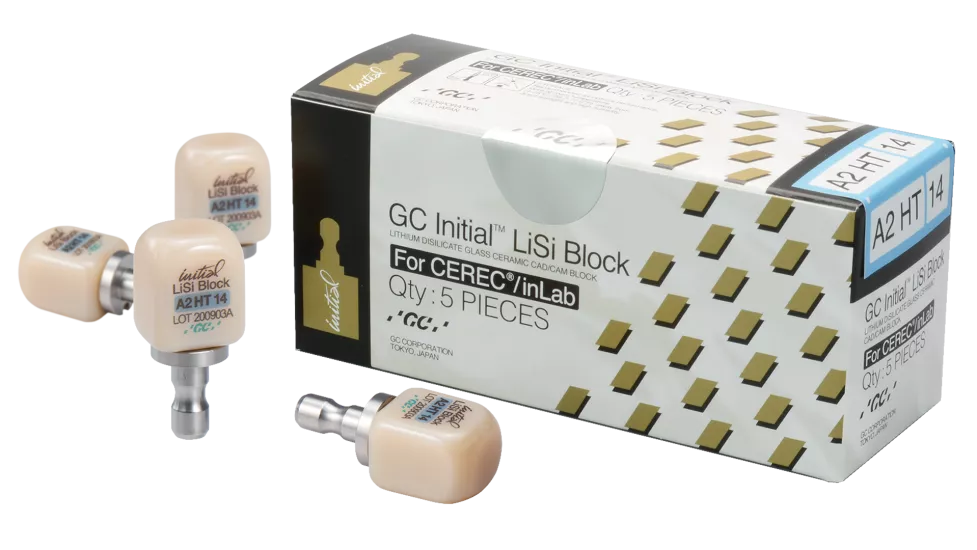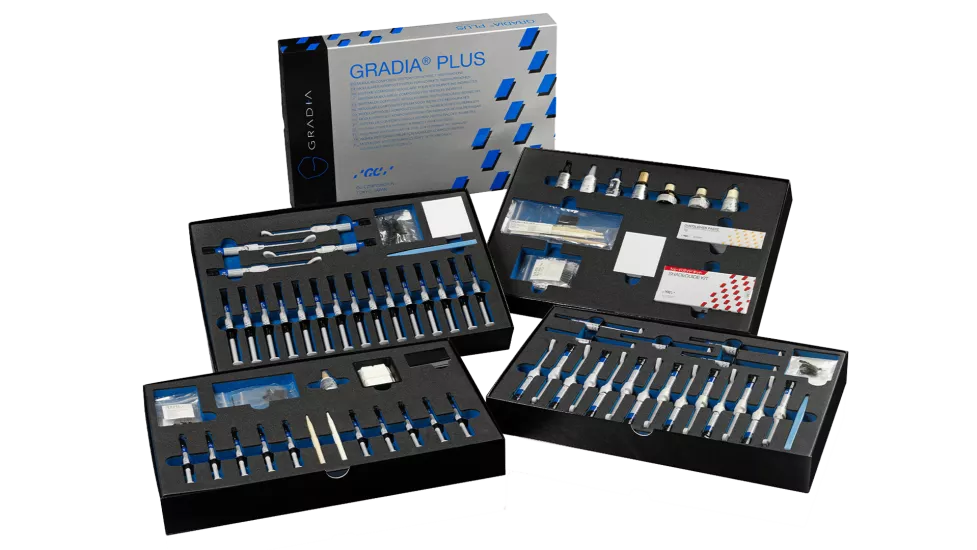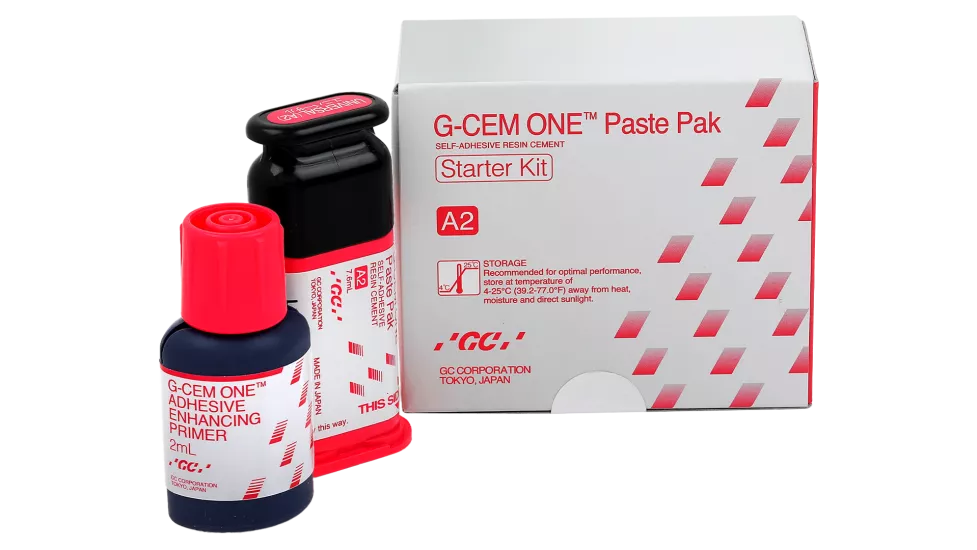EQUIA Forte Multicenter Study – New Interim Results
06/25/2020
Promising performance of EQUIA Forte® , a new restorative system with Glass Hybrid technology from GC.
Following the success of the EQUIA restorative system, introduced in 2007, GC made the next big leap with EQUIA Forte. A two year multicenter clinical study confirms EQUIA Forte® is a suitable material for medium to large Class II restorations.
Clinical studies are essential for assessing the performance of dental materials; therefore, a 5-year clinical study was initiated in 2015, the same year EQUIA Forte (glass hybrid restorative material) was launched. This long-term trial compared EQUIA Forte against a nanohybrid composite (Tetric EvoCeram®, Ivoclar Vivadent) in medium to large Class II restorations.
The interim two-year results showed similar clinical performance for both materials, confirming that EQUIA Forte is suitable and showed excellent performance as a long-term restorative material. Furthermore, at the end of the two years, virtually no differences were observed between the two materials on any of the aesthetic, functional, or biological properties tested. Published on May 29, 2020, in the Journal of Adhesive Dentistry, the study was led by Dr. Ivana Miletić, Professor in the Department of Endodontics and Restorative Dentistry, at Zagreb University, Croatia, working with a team of highly regarded professors from four European dental schools: Anja Baraba (Zagreb, Croatia), Matteo Basso and Maria Giulia Pulcini (Milan, Italy), Dejan Marković and Tamara Perić (Belgrade, Serbia), Cigdem Atalayin Ozkaya and Lezize Sebnem Turkun (Izmir, Turkey). The study is registered in ClinicalTrials.gov (No.: NCT02717520).
This long-term, split-mouth (equal allocation ratio), randomized, prospective, multicenter clinical study enrolled 180 patients (mean age 34.6 years) identified as in need of two Class II, two-surface restorations in the molar region of the same jaw. Impressions were taken before and after cavity preparation, as well as after the final restoration. These impressions were subsequently scanned for further wear evaluation at the 3rd and 5th year of the study and a clinical evaluation was performed using the FDI-2 criteria.
The estimated survival rates at the 2-year recall were 93.6% (EQUIA Forte) and 94.5% (Tetric EvoCeram), showing no significant differences between the two materials. These excellent results prove the clinical efficacy of Glass Hybrids (EQUIA Forte) as long term restorative materials.
The excellent interim results give a positive outlook on the performance of EQUIA Forte after 5 years.

